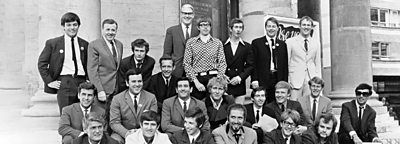Image: The lineup of ����ý Radio 1 and Radio 2 DJs in September 1967. Back Row: Tony Blackburn, Jimmy Young, Kenny Everett, Duncan Johnson, Robin Scott (Controller R1 & R2), David Ryder, Dave Cash, Pete Brady and David Symonds. Middle Row: Bob Holness, Terry Wogan, Barry Alldis, Mike Lennox, Keith Skues, Chris Denning, Johnny Moran and Peter Myers. Front row: Pete Murray, Ed Stewart, Pete Drummond, Mike Raven, Mike Ahern and John Peel.
On 30 September 1967 Radio 1 was launched. Pop arrived at the ����ý. The Light Programme also changed into Radio 2, the old Third Programme became Radio 3, and the old Home Service emerged as Radio 4. So: was Radio suddenly being reinvented from top to bottom?
Radio Reinvented explores this seismic shift in ����ý Radio, by opening up a unique archive of oral history interviews - from DJs through programme-makers to senior managers and politicians – and shedding new light on the inside story of this tumultuous moment in broadcasting history and how it changed radio more widely.
Curated by Emeritus Professor David Hendy and Dr Alban Webb, University of Sussex; with additional John Peel material by Ken Garner, Glasgow Caledonian University; timeline material by John Escolme, ����ý History.
-
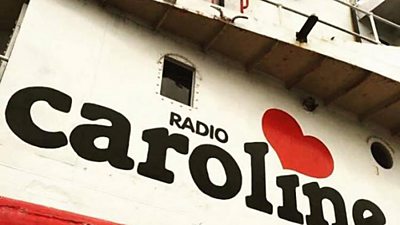
Part 1: The Pirates
For many, the arrival of pirates around the shores of Britain in the mid-1960s meant liberation from the tyranny of postwar mundanity. But, to what extent did this cultural rebellion against the established order deliver lasting change? -

Part 2: Launch
On 30 September 1967, the pop revolution started by the pirates arrived at the ����ý. So, what was happening behind-the-scenes on that tumultuous day? And would the sudden arrival of Radio 1 mark a profound and permanent change of direction in British broadcasting? -

Part 3: Reaction
In the weeks and months after the launch of Radio 1, how did the listeners - and senior figures inside the ����ý - react to the new service? Was it really going to provide a successful replacement for the pirates – and if so, at what cost to the ����ý’s reputation? -
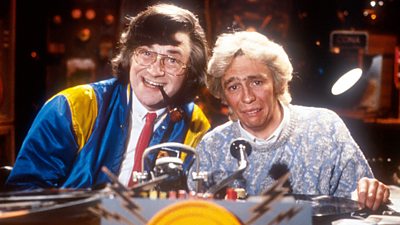
The DJ
How did the appearance of a new species of presenter – the Disc Jockey – at Broadcasting House influence the public image of the Corporation and its public service principles? -
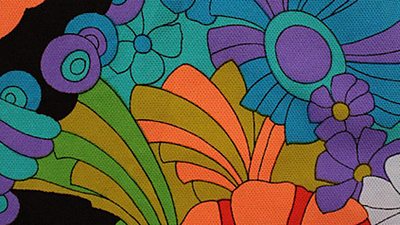
Musical Wallpaper?
Did the launch of Radio 1 in 1967 - and with it, the birth of so-called ‘generic’ or ‘streamed’ radio - mean that all music, even ‘serious’ or classical music, would soon be treated as ephemeral background listening by the ����ý? -
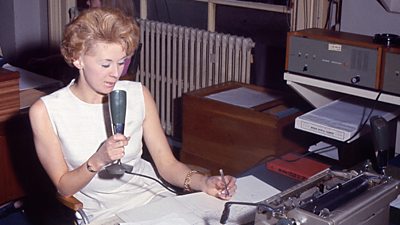
Non-Stop News
With the arrival of Radio 1 a new pace and style had also arrived on the ����ý airwaves. So how did this affect other parts of the Corporation’s radio output – for instance, its news programmes? -
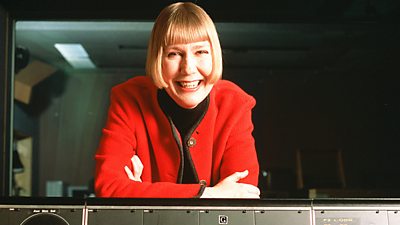
The Network Voice
With the informality of the new DJs, was a wider revolution in presentational values now under way across the ����ý? -
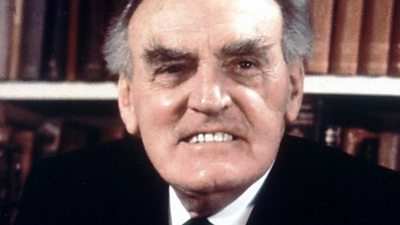
The Death of Reithianism?
Where did the cultural revolution of the 1960s leave the Reithian principle of bringing viewers 'the best' of culture? -

The strange survival of Radio drama
Despite speculation its days were numbered, newly-released ����ý oral history interviews help us to understand how the battle to save ����ý radio drama was won. -
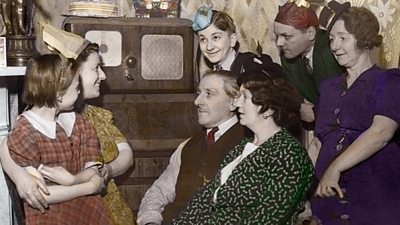
Listening to Radio
How did the launch of the new radio networks effect viewers' listening habits? -
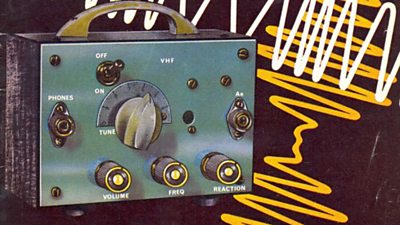
Steam Radio or the modern medium?
In an era increasingly dominated by television was radio becoming redundant, or could it reinvent itself for a new generation of listeners? -
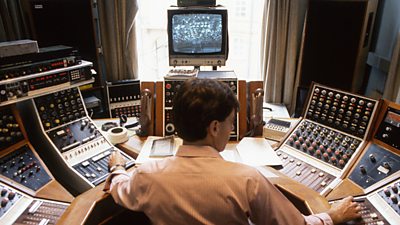
Evolution: 1967 and after
Did the launch of Radios 1, 2, 3 and 4 distract from the deeper currents of change that had already been sweeping through Broadcasting House? -
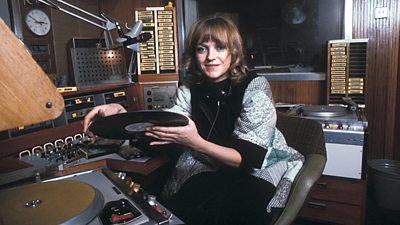
Galleries
Radio re-invented in 50 pictures -
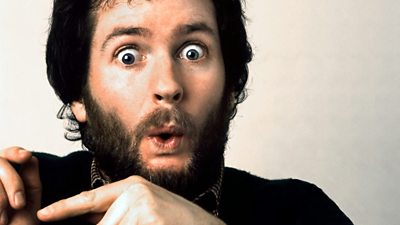
Timelines
See the ����ý Radio story unfold in our interactive timelines. -

Share your memories
What do you remember about ����ý Radio in 1960s or even earlier? Did the arrival of Radio 1 change your life? Or were you more attached to the Pirate stations or even the old Light, Home or Third? -

Background to the project
The unique value of oral history and how personal testimonies can reveal new insights into the Corporation’s evolution.
Editorial Note
Radio Reinvented contains excerpts and programmes from ����ý services at specific moments in time. The material should be viewed in this context and with the understanding that it reflects the attitudes and standards of its time – not those of today.
